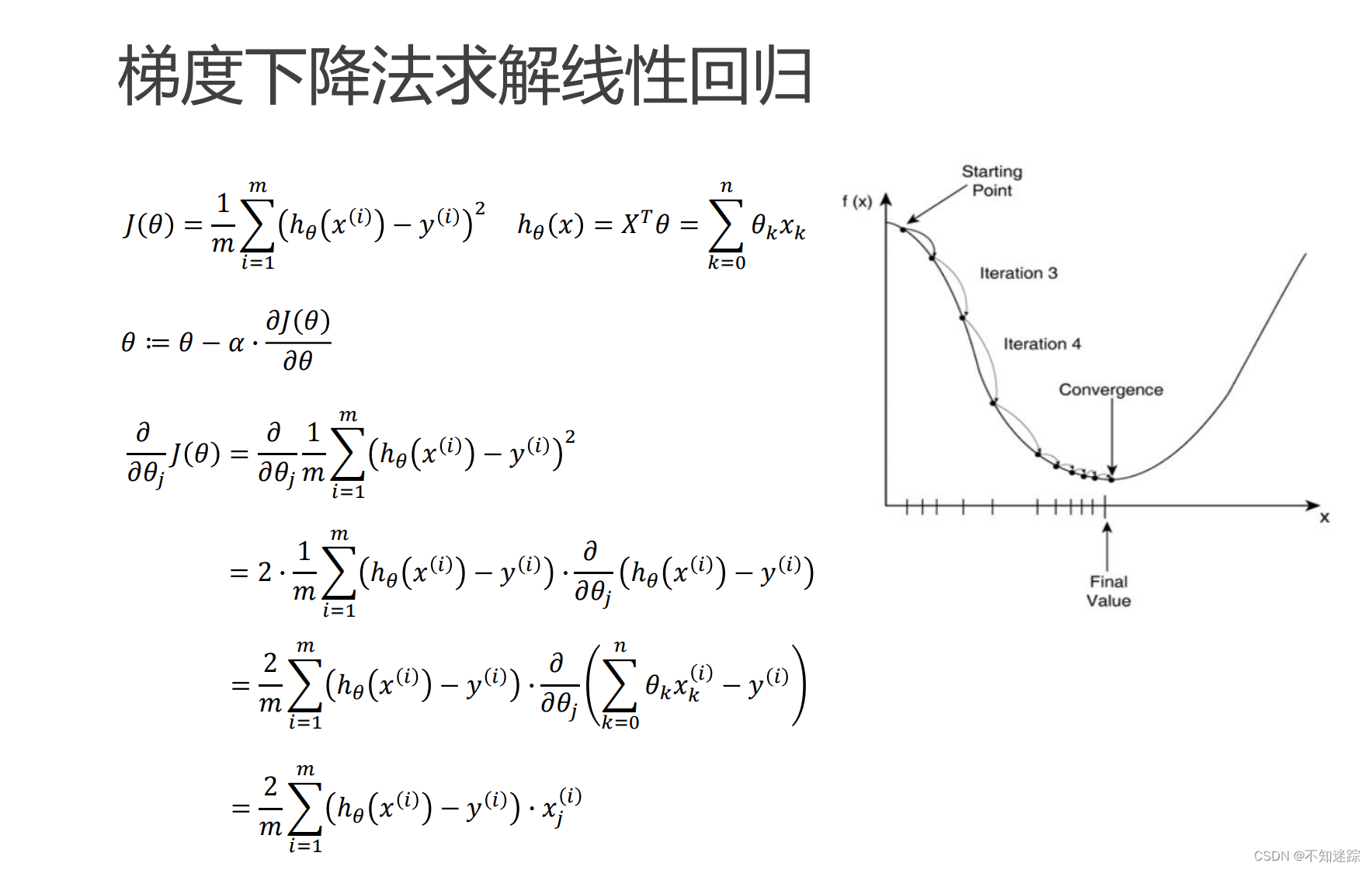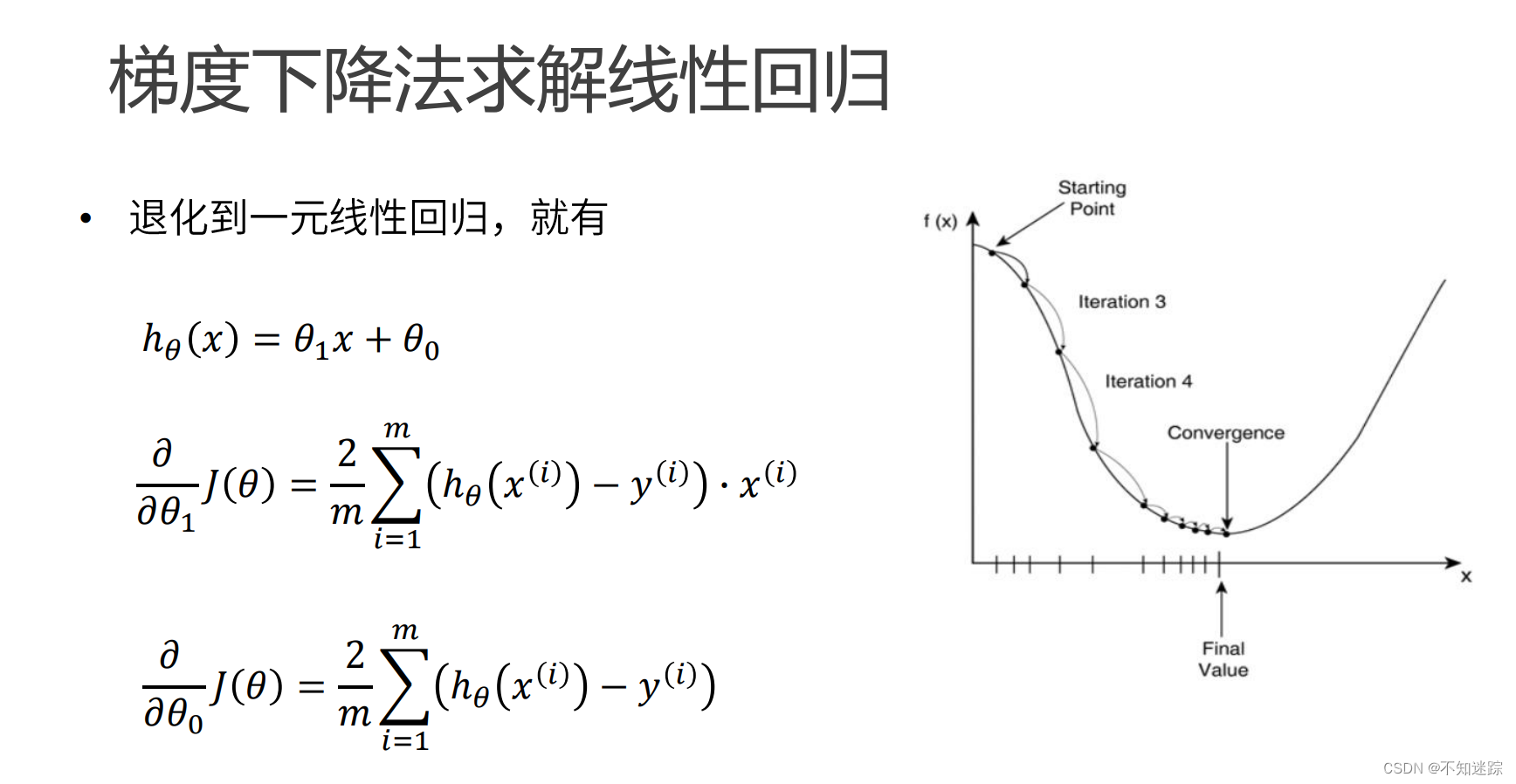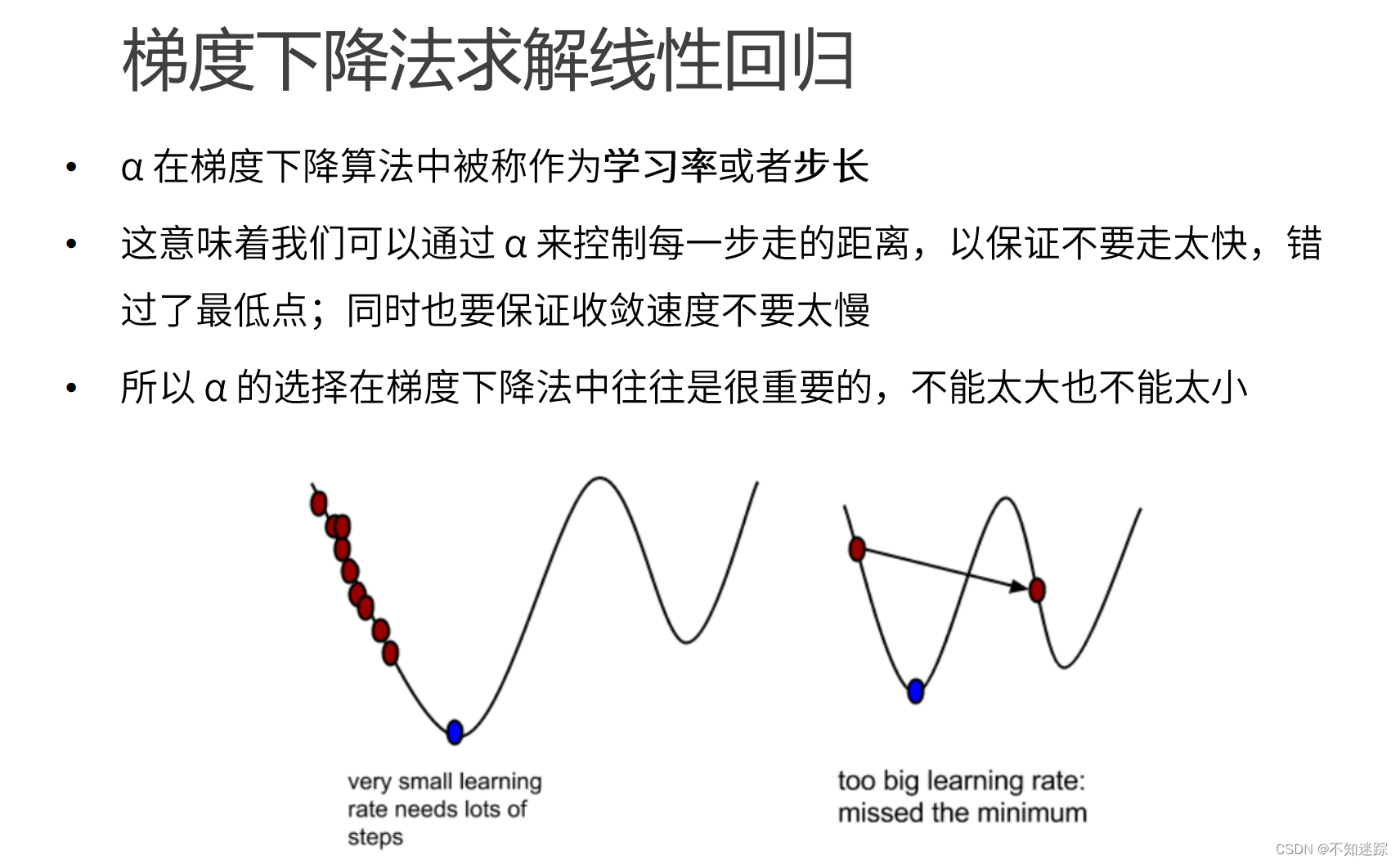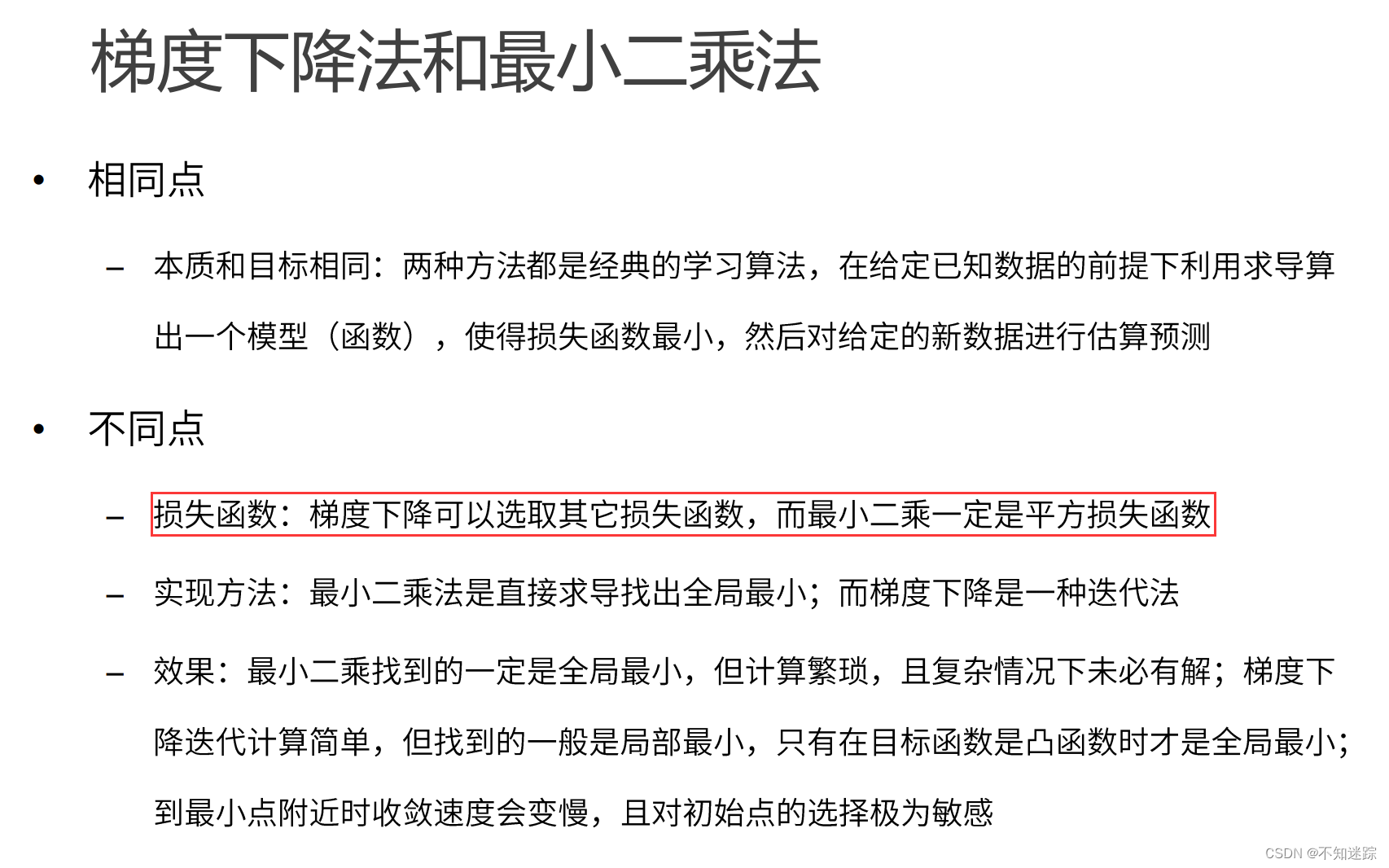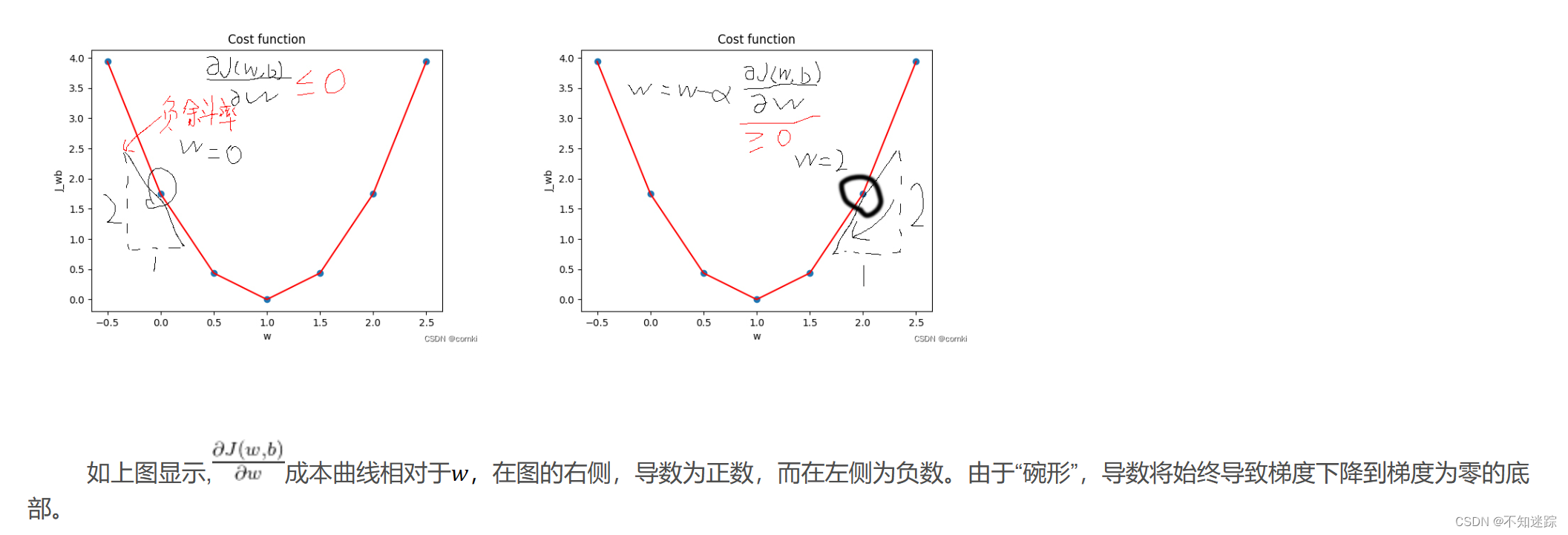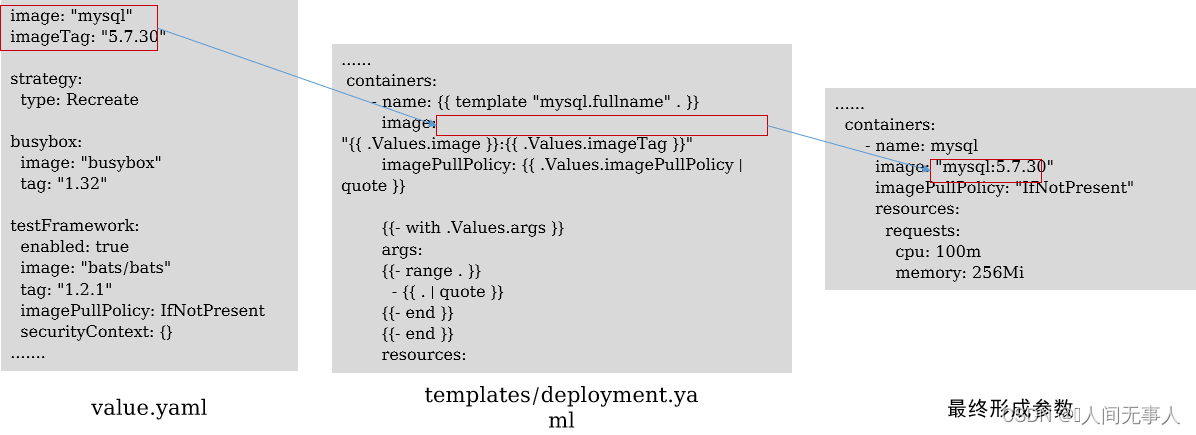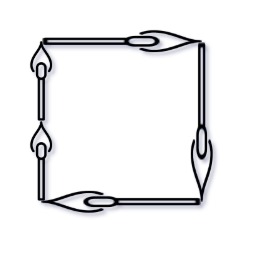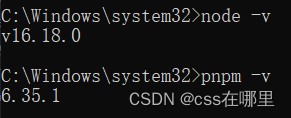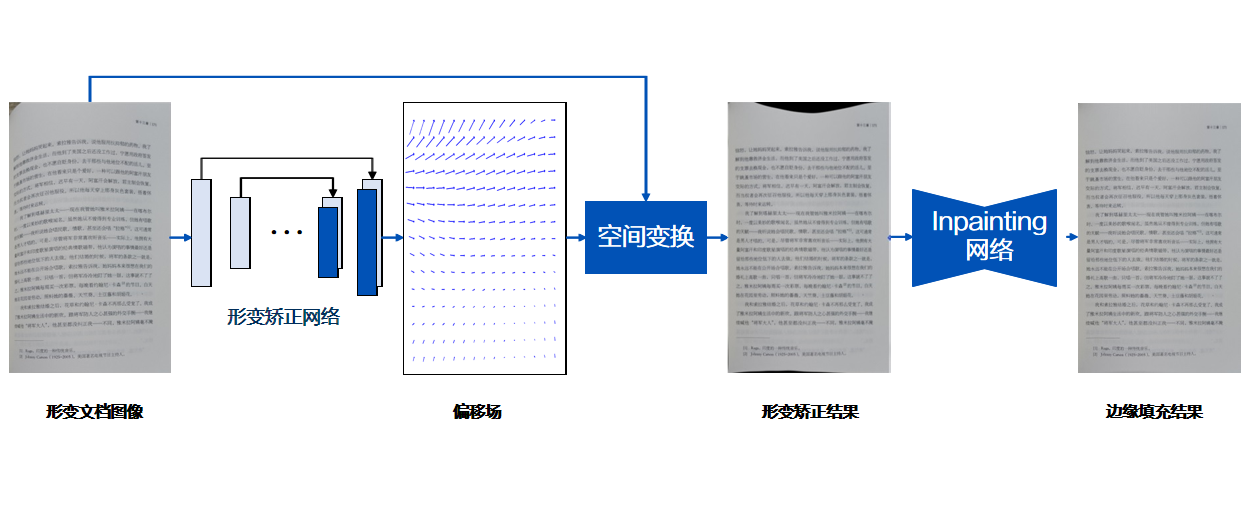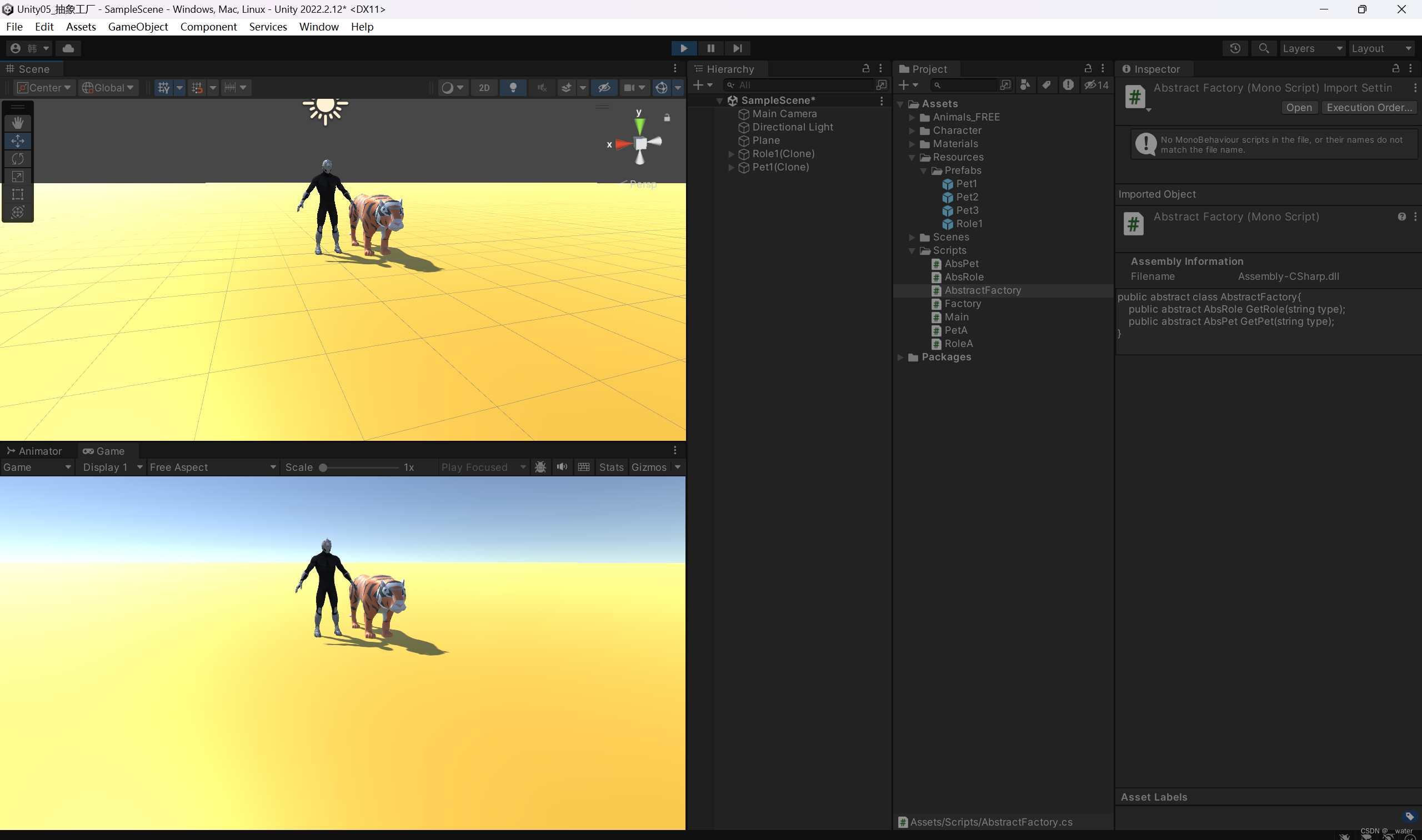一.梯度下降法概念
2.代码实现
# 0. 引入依赖
import numpy as np
import matplotlib.pyplot as plt
# 1. 导入数据(data.csv)
points = np.genfromtxt('data.csv', delimiter=',')
points[0,0]
# 提取points中的两列数据,分别作为x,y
x = points[:, 0]
y = points[:, 1]
# 用plt画出散点图
# plt.scatter(x, y)
# plt.show()
# 2. 定义损失函数:最小平方损失函数
# 损失函数是系数的函数,另外还要传入数据的x,y
def compute_cost(w, b, points):
total_cost = 0
M = len(points)
# 逐点计算平方损失误差,然后求平均数
for i in range(M):
x = points[i, 0]
y = points[i, 1]
total_cost += (y - w * x - b) ** 2
return total_cost / M
# 3. 定义模型的超参数
alpha = 0.0001 # 根据实际去调节
initial_w = 0 # 初始w,可以随机生成
initial_b = 0 # 初始b,可以随机生成
num_iter = 10 # 迭代次数
# 4. 定义核心梯度下降算法函数
def grad_desc(points, initial_w, initial_b, alpha, num_iter):
w = initial_w
b = initial_b
# 定义一个list保存所有的损失函数值,用来显示下降的过程
cost_list = []
# 迭代,获取每次的损失函数值以及更行w、b
for i in range(num_iter):
cost_list.append(compute_cost(w, b, points))
w, b = step_grad_desc(w, b, alpha, points)
return [w, b, cost_list]
def step_grad_desc(current_w, current_b, alpha, points):
sum_grad_w = 0
sum_grad_b = 0
M = len(points)
# 对每个点,代入公式求和
for i in range(M):
x = points[i, 0]
y = points[i, 1]
sum_grad_w += (current_w * x + current_b - y) * x
sum_grad_b += current_w * x + current_b - y
# 用公式求当前梯度
grad_w = 2 / M * sum_grad_w
grad_b = 2 / M * sum_grad_b
# 梯度下降,更新当前的w和b
updated_w = current_w - alpha * grad_w
updated_b = current_b - alpha * grad_b
return updated_w, updated_b
# 5. 测试:运行梯度下降算法计算最优的w和b
w, b, cost_list = grad_desc( points, initial_w, initial_b, alpha, num_iter )
print("w is: ", w)
print("b is: ", b)
cost = compute_cost(w, b, points)
print("cost is: ", cost)
# plt.plot(cost_list)
# plt.show() # 画图
# 6. 画出拟合曲线
plt.scatter(x, y)
# 针对每一个x,计算出预测的y值
pred_y = w * x + b
plt.plot(x, pred_y, c='r')
plt.show()w is: 1.4774173755483797
b is: 0.02963934787473238
cost is: 112.65585181499748
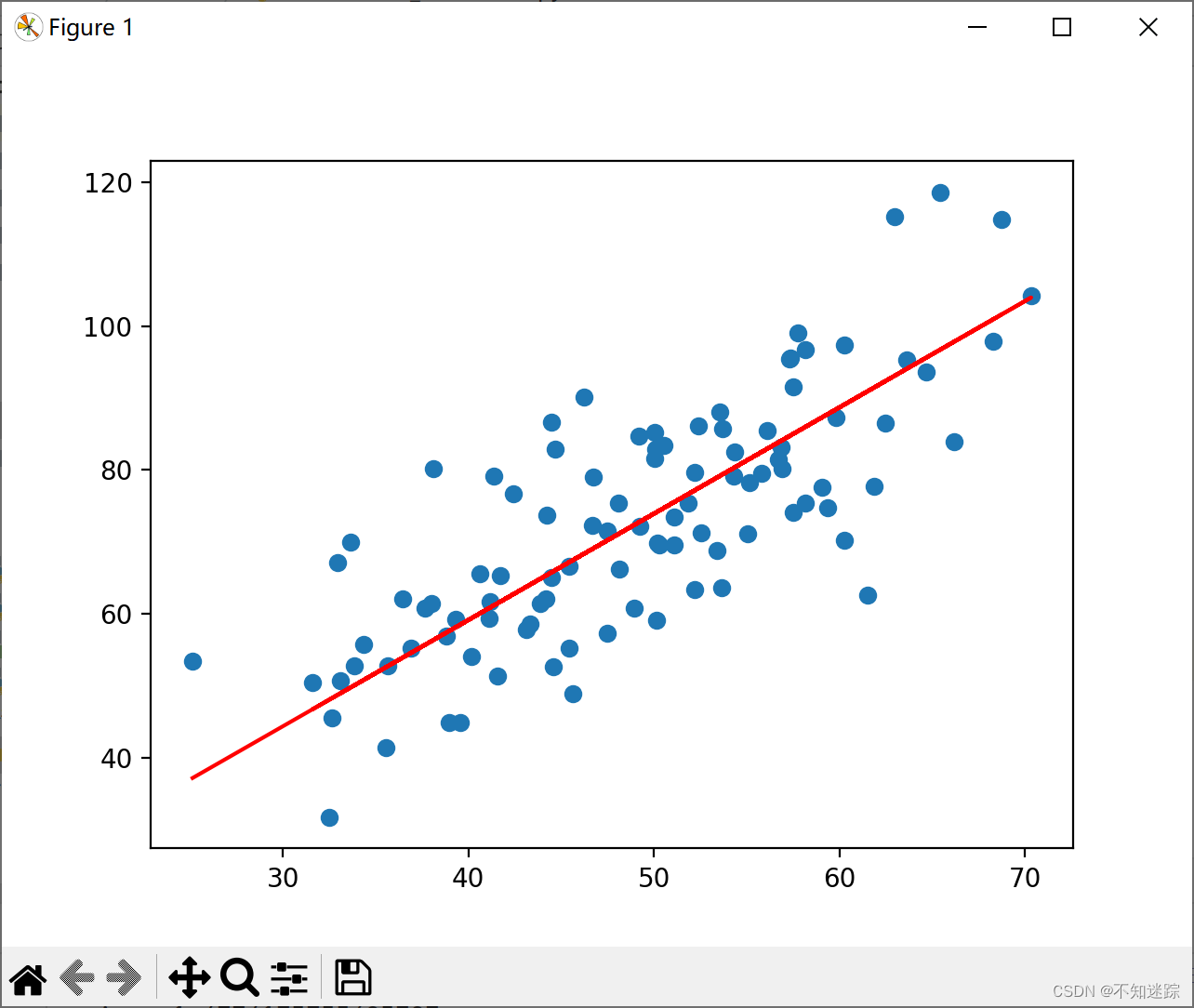
3.代码及数据下载
简单线性回归-最小二乘法及梯度下降法资源-CSDN文库

